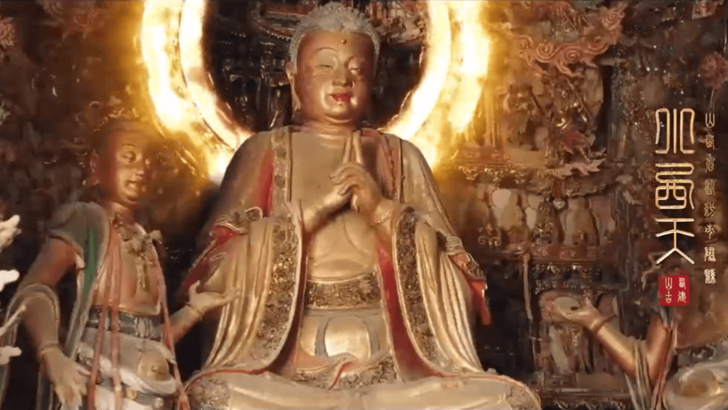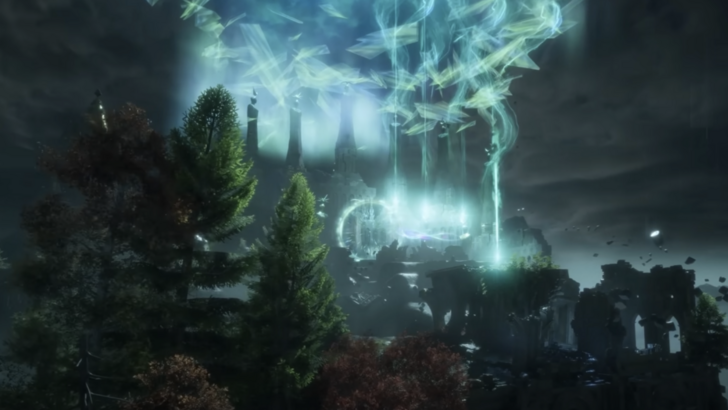 Black Myth: Wukong, a globally acclaimed action RPG, is not just a video game; it's a stunning virtual tour of China's cultural treasures. Discover the real-world locations that inspired this breathtaking game world.
Black Myth: Wukong, a globally acclaimed action RPG, is not just a video game; it's a stunning virtual tour of China's cultural treasures. Discover the real-world locations that inspired this breathtaking game world.
Black Myth: Wukong's Impact on Shanxi Province's Tourism
A Gaming Phenomenon Fuels Cultural Tourism
Black Myth: Wukong, based on the classic "Journey to the West," has captivated gamers worldwide. But its influence extends beyond gaming, igniting global interest in the cultural heritage of Shanxi Province, China. The game's strikingly realistic visuals, meticulously modeled after Shanxi's landmarks, have spurred a tourism boom.
The Shanxi Department of Culture and Tourism has capitalized on this surge in popularity, launching a promotional campaign highlighting the real-world inspirations behind the game's environments. A special event, "Follow Wukong's Footsteps and Tour Shanxi," is also planned.
"The response has been overwhelming," stated the Shanxi Department of Culture and Tourism, as reported by the Global Times. "We're receiving numerous requests for custom itineraries and detailed guides, and we're addressing them all."
Game Science, the developers, have masterfully interwoven Chinese cultural references into Black Myth: Wukong. The game's world evokes ancient China, featuring majestic pagodas, ancient temples, and landscapes reminiscent of classical Chinese art, transporting players to a realm of emperors and mythical beings.
Shanxi Province, a cradle of Chinese civilization, is rich in cultural heritage—a heritage beautifully mirrored in the game. A promotional video showcased the game's recreation of the Little Western Paradise, complete with its iconic hanging sculptures and the Five Buddhas.
In the video, these sculptures appear animated, with one Buddha even greeting Wukong. The Buddha's role in the game remains mysterious, but his dialogue suggests a potentially antagonistic relationship with the protagonist.
While the game's narrative remains largely undisclosed, it's crucial to note that Wukong is known as the "斗战神" (Dòuzhànshén) or "Warring Deity" in Chinese mythology. This reflects his rebellious nature in the original novel, where he was imprisoned under a mountain by the Buddha after challenging the heavens.
Beyond the Little Western Paradise, Black Myth: Wukong faithfully recreates other Shanxi landmarks, including the South Chan Temple, Iron Buddha Temple, Guangsheng Temple, and the Stork Tower. However, according to the Shanxi Cultural Media Center, these virtual representations only hint at the province's vast cultural wealth.
 Black Myth: Wukong's global success is undeniable. This week, it topped Steam's Bestseller charts, surpassing established titles like Counter-Strike 2 and PUBG. The game has also received widespread acclaim in China, lauded as a groundbreaking achievement in AAA game development.
Black Myth: Wukong's global success is undeniable. This week, it topped Steam's Bestseller charts, surpassing established titles like Counter-Strike 2 and PUBG. The game has also received widespread acclaim in China, lauded as a groundbreaking achievement in AAA game development.
Explore the full story of Black Myth: Wukong's global triumph in the linked article!















